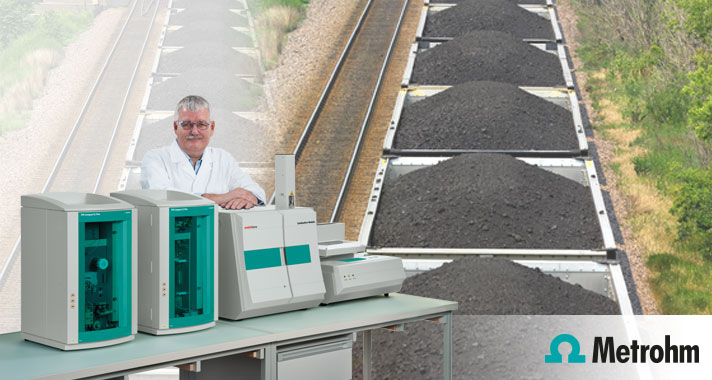The 930 Metrohm Combustion IC enables the analysis of halogens and sulphur in flammable samples of all types using inline combustion digestion with subsequent ion chromatography determination (Combustion IC).
Corrosion effects in thermal power plants and environmental impact cause an increase in demand for fluorine analysis in coal. Solid sample decomposition of organic and inorganic fluorine compounds could lead to the formation of the highly corrosive and very toxic hydrofluoric acid.
The aim of the determination of fluorine presented in the Application Work AW IC is to optimise the pyro hydrolytic determination of fluorine content in coal with the Metrohm Combustion IC. (CIC)
The manual standard pyro hydrolysis method according the ASTM norm D5987-96 describes a slow introduction of the sample in the hot zone with subsequent intervals of approximately 30 seconds, starting at 400°C, 500°C, 750°C, and 1000°C, with a final push into the 1100 °C zone. After that the pyro hydrolysis continues for a further 15 min.
In contrast the Metrohm Combustion IC uses the smart flame sensor technology for sample introduction which minimizes the potential sooth formation.
The main objectives are to burn out organic substances and carbon completely and to hydrolyze inorganic substances. It has been reported that some alkali metal fluorides are very difficult to hydrolyze and certain substances such as WO3, or SiO2, must be added as a flux or promoter.
As coals contain silica compounds they possess good self-promoting capacity, explaining why the addition of WO3, or SiO2 does not always improve the recoveries of HF. Moreover WO3, can volatize during hydrolysis and easily deposit on the end of the furnace tube.









